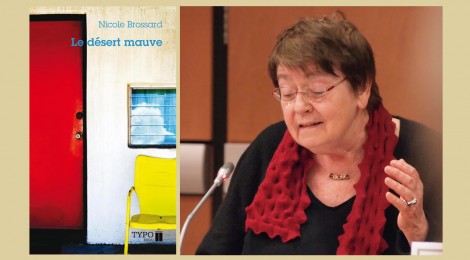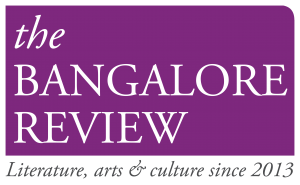
A Landscape without Windows: An Overview of Feminist Translation in Nicole Brossard
What then is the desert? …Earth, dust, a landscape without windows, without shelter. Observed land of silence, preexistent beauty, the desert is indescribable. (Brossard Mauve Desert 138)
…let her translate
my mouth, synapses spiral, in her service (Brossard Picture Theory 67)
The Feminist Imperative: Language and the Politics of Identity
Debates around the language of discourse and the discourse of language have been central to post-modern feminist politics. Irrespective of the heterogeneity of identity politics and the resulting specificities of feminist intervention, post-modern theories of the feminine acknowledge the role of language in and as representation. Language in feminist understanding is thus not just the currency to transact with/in social and cultural institutions (as is clearly understood in patriarchal contexts to a large extent) but a networking of discursive structures whereby institutions themselves are constituted.
Language is a pre/text to both alienate as well as uniformly whitewash differences between the two sexes constituted ideologically. Feminist critiques of language challenge the assumption that the two categorized sexes share a common language and identify language as a powerful patriarchal device for identification through categorization. Post-modern feminist discourses naturally spring from the vantage point of identity politics. In the context of categorization, language becomes interestingly at once, both an act of ‘labeling’, through which it creates labels (Identities) and the blurring of the act of labeling (a process of rendering certain identities, ‘non-identities’). For long, feminist politics has problematized this tradition of defining female/feminine aspects as either negation or total opposition of supposed male/masculine counterparts. Extending the phallogocentric polarity of man vs. woman (man as the species and woman as the feminine of the species), feminists have challenged juxta(op)positions that work towards identifying female/feminine as contradiction. Some ‘classical’ divides for feminist introspection have been: Culture/Nature, Day/Night, Rational/Emotional, Mind/Body, Intelligence/Intuition. In most instances, the first denominator is either privileged over the second or defines its ‘counterpart’ in direct opposition.
Gender marking and sexual differentiation on one hand heighten the arbitrariness of language and on the other foreclose interpretation by assigning arbitrary meanings that do not necessarily work the same way for the categories of men and women. While English assigns gender in terms of identifying the masculine as given and the feminine as an exception to or in the least, extension of the masculine, French as a language marks gender more overtly by assigning the mute E to the feminine. ‘Dog’ and ‘Bitch’ for instance do not bring the same connotations to an understanding of the masculine and feminine of the species. The species or group is without doubt understood and accepted to be Dog. The same instance applies to almost all generic categories. Without exception, the male of the species is the species. In the instance of Dog and Bitch, not only is gender differentiated as One and the Other, but sex is also implicitly qualified by traits that are more often than not ascribed through the sexual and mapped through the language of the body. Language that denotes gender also invariably connotes sex inscribed though notions of the male and female body. One of the basic premises for feminist discourses of language therefore is the discursive element of language – a process of signification that consistently establishes implicit cultural significations through explicit established signifiers.
Feminist recognition of what Cora Kaplan terms “the social nature of female identity” (54) in her essay Language and Gender reinforces the link between language and women. In what she terms “acquisition of subjectivity through language” (55), Kaplan underlines the paradox of feminist pre-occupation with identity whereby women should use the language of men, the very same set of devices that has disowned them and rendered them voiceless to reclaim identities. Language thus becomes the most central and critical question of a majority of feminist discourses as it connotes both a defiance of denial and an affirmation of feminist identities.
In Extracts from Man-made Language, Dale Spender terms language as “…both a creative and an inhibiting vehicle… we resist, fear and dread any modifications to the structures we have initially created… a language trap” (95). What Dale Spender calls resistance is often transcended in feminist theory by a strong advocacy for women’s writing. While language on the one hand, as Dale Spender puts it, is “already circumscribed” by itself to a certain extent (55), women’s writing has opened up possibilities for the feminine/female subject to contest established significations through language.
In their response to Dale Spender’s essay, Maria Black and Rosalind Coward emphasize that it is crucial for feminists to establish the distinction between language as system and language as discourse (101).Post-modern feminist writers and critics alike have challenged the primacy of language as system by responding to it and appropriating it as discourse. The foundations for a feminist discourse therefore lie in dismantling the notion of language as a ‘construct’ and working from the dynamic, fluid space of language as a process of ‘construction’ where so-called established realms of signification can be displaced for the emergence of women’s subjectivities.


